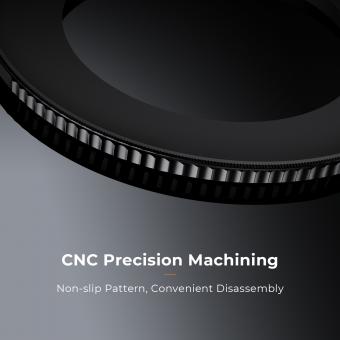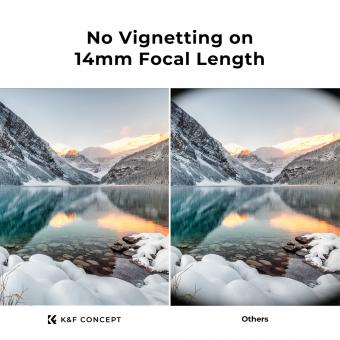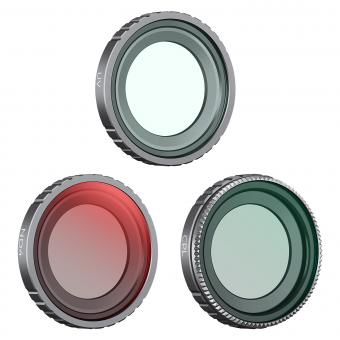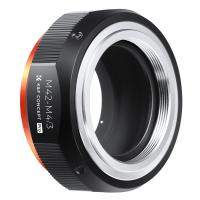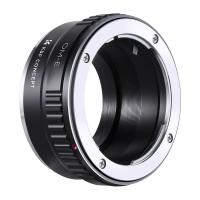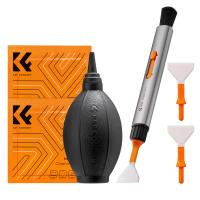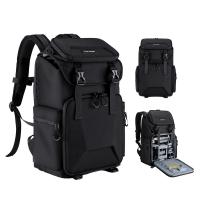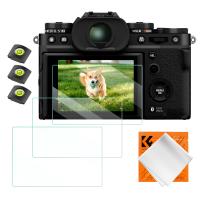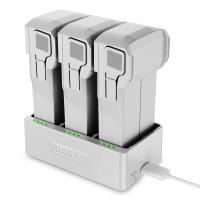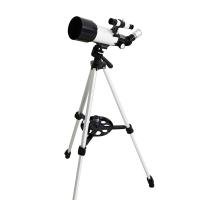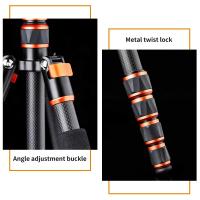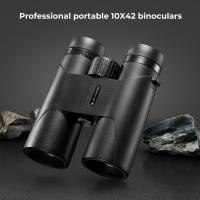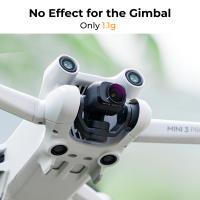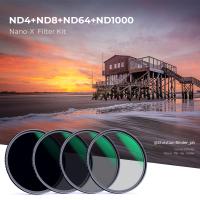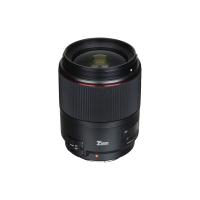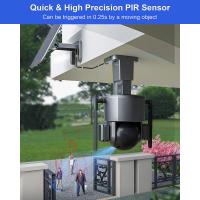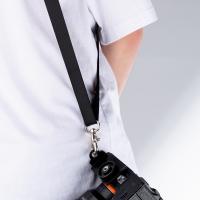Which Way Do Camera Filters Unscrew ?
Camera filters typically unscrew in a counterclockwise direction.
1、 Clockwise (most common)
Camera filters typically unscrew in a clockwise direction, which is the most common method. This convention has been followed for many years and is widely accepted in the photography industry. When looking at the front of the lens, you would turn the filter to the right (clockwise) to remove it.
The reason for this convention is primarily historical. In the early days of photography, lenses were often attached to cameras using a screw thread mechanism. The right-hand thread was chosen as the standard because it allowed photographers to easily tighten the lens onto the camera body by turning it clockwise. This same principle was then applied to camera filters, which are also attached using a screw thread.
It's worth noting that there are some exceptions to this rule. Some specialty filters, such as those used in cinematography or certain vintage lenses, may have a different threading direction. Additionally, some modern lenses and filters may have a push-and-release mechanism or a different type of attachment system altogether, which doesn't involve unscrewing.
However, for the majority of camera filters used today, the clockwise unscrewing method remains the norm. It's always a good idea to consult the specific instructions or user manual for your camera or filter to ensure you are using the correct method for removal.
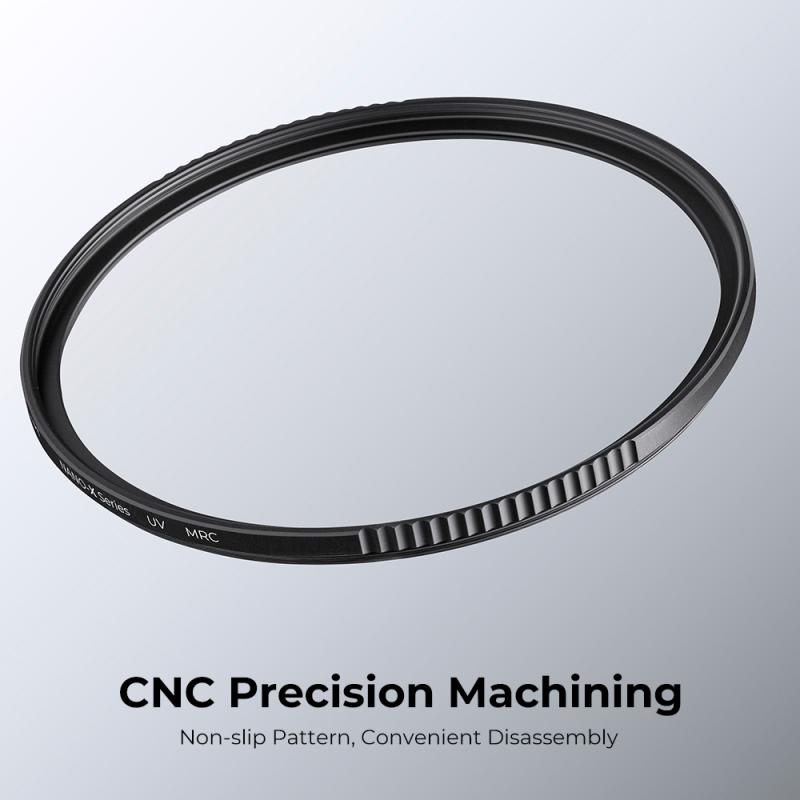
2、 Counter-clockwise (rare)
Camera filters typically unscrew in a counter-clockwise direction. This has been the standard convention for many years and is still the most common way to remove filters from camera lenses. However, it is worth noting that there are some exceptions to this rule.
In recent years, there has been a rise in the popularity of variable neutral density filters, which allow photographers to adjust the amount of light entering the lens by rotating the filter. These filters often have a rotating outer ring that controls the density, and they can be unscrewed in either direction. This is a departure from the traditional counter-clockwise unscrewing motion.
Additionally, some specialty filters, such as circular polarizers, may have a different mechanism for attachment and detachment. These filters often have a rotating front element that adjusts the effect of the filter, and they may require a different method of removal, such as pushing or pulling rather than unscrewing.
Overall, while the standard convention for camera filters is still to unscrew them in a counter-clockwise direction, it is important to be aware of any specific instructions or mechanisms that may be unique to certain types of filters. Always refer to the manufacturer's instructions for the specific filter you are using to ensure proper removal without causing any damage.
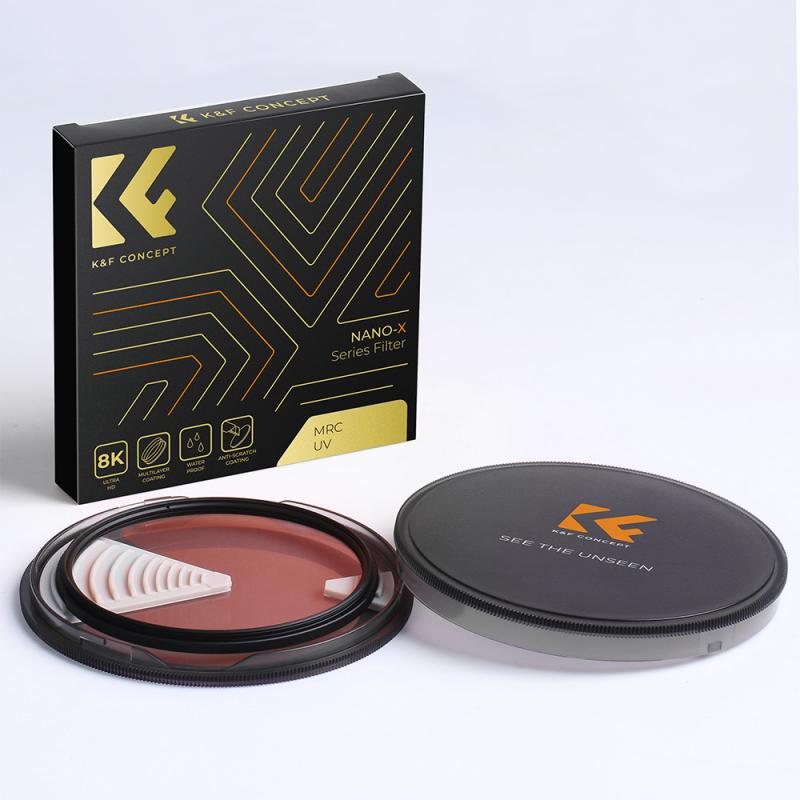
3、 Depends on the filter type (polarizing filters)
Which way do camera filters unscrew? Well, it depends on the filter type. Different camera filters have different mechanisms for attachment and detachment. However, one common type of filter that photographers often use is the polarizing filter.
Polarizing filters are typically threaded filters that screw onto the front of a camera lens. To remove a polarizing filter, you would typically unscrew it in a counterclockwise direction. This is the standard direction for unscrewing most filters and lenses.
However, it's important to note that not all filters unscrew in the same direction. Some filters, especially older or specialty filters, may have a reverse thread, meaning they unscrew in a clockwise direction. It's always a good idea to check the manufacturer's instructions or consult the user manual for your specific filter to ensure you are unscrewing it in the correct direction.
It's also worth mentioning that advancements in filter technology may introduce new types of attachment mechanisms. For example, some modern filters may feature a quick-release system or a bayonet mount, which may not require unscrewing at all.
In conclusion, the direction in which camera filters unscrew depends on the filter type. For polarizing filters, the standard direction is counterclockwise, but it's always best to consult the manufacturer's instructions for your specific filter to ensure proper removal.

4、 Varies by manufacturer (some vintage filters)
Camera filters can be unscrewed in different ways depending on the manufacturer and the specific filter in question. In general, most modern camera filters are designed to unscrew in a clockwise direction. This means that you would turn the filter to the right (when looking at the front of the lens) to loosen and remove it. This is the standard direction for most filters, including UV filters, polarizing filters, and neutral density filters.
However, it is important to note that there are exceptions to this rule, particularly with vintage filters. Some older filters may have been manufactured with a different threading direction, such as counterclockwise. This can be confusing for photographers who are used to the standard clockwise unscrewing motion. Therefore, it is always a good idea to check the specific instructions or documentation provided by the manufacturer for each filter.
It is worth mentioning that advancements in filter design and technology have made the unscrewing process more standardized in recent years. Most modern filters, regardless of the manufacturer, tend to follow the clockwise unscrewing convention. This consistency makes it easier for photographers to switch between different filters without having to worry about the threading direction.
In conclusion, while the standard direction for unscrewing camera filters is clockwise, it is important to be aware that vintage filters may have different threading directions. Always refer to the manufacturer's instructions or documentation for specific information on how to unscrew a particular filter.







